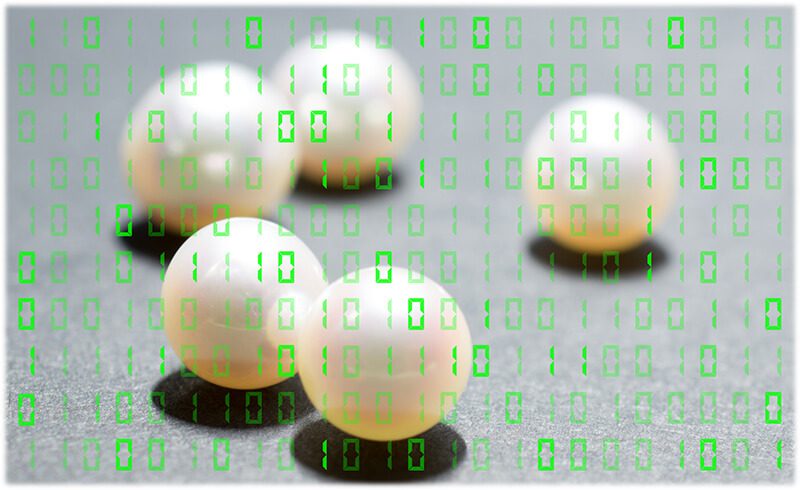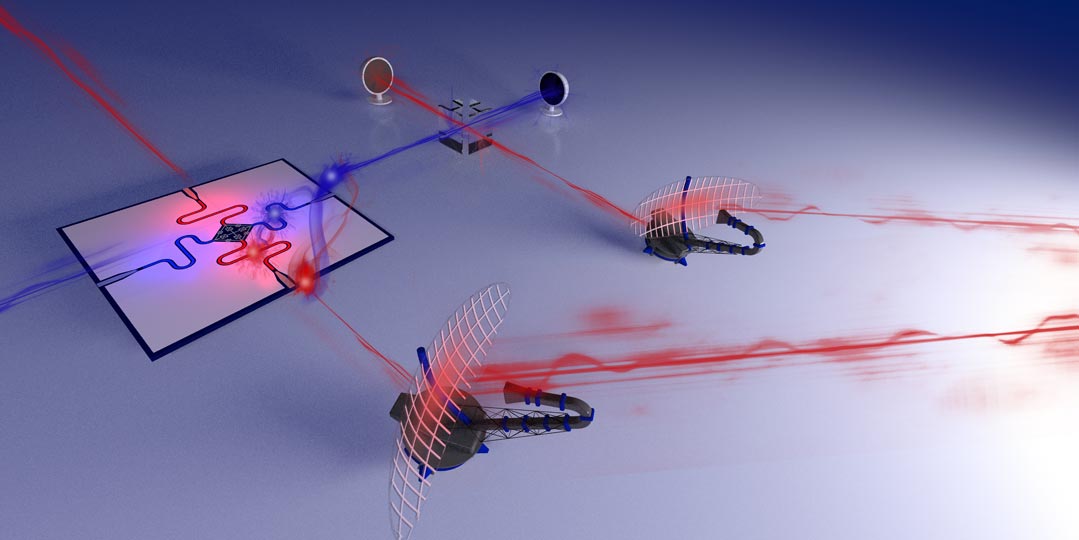
Pearls have long been favored as objects of beauty. Now, Purdue University innovators are using the gem to provide potential new opportunities for spectral information processing that can be applied to spectroscopy in biomedical and military applications.
The Purdue team demonstrated light transport-assisted information processing by creating a pearl spectrometer.
Spectrometers probe interactions of matter and light as a function of the electromagnetic spectrum and are commonly used in biomedical and military applications. For example, they have been used for diagnostics of various types of cancer and for military gas sensing.
“...
Read More








Recent Comments